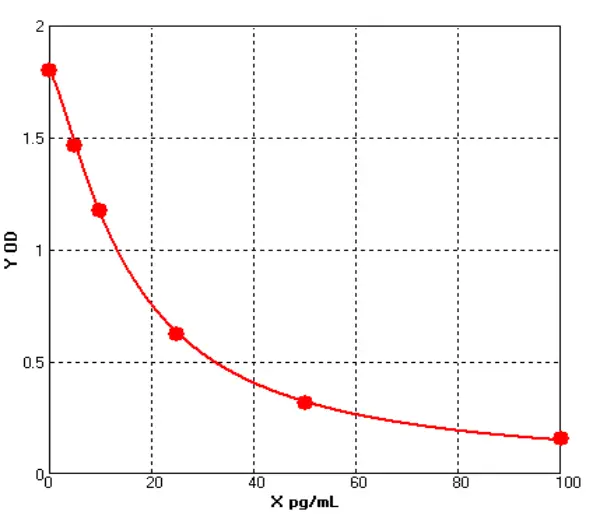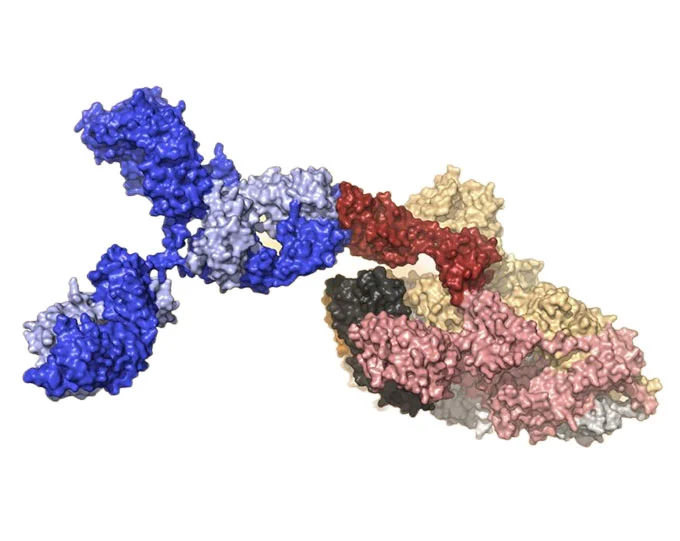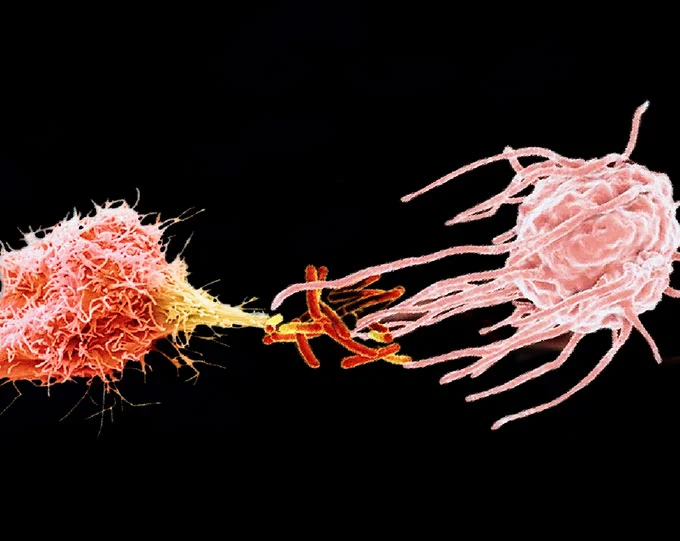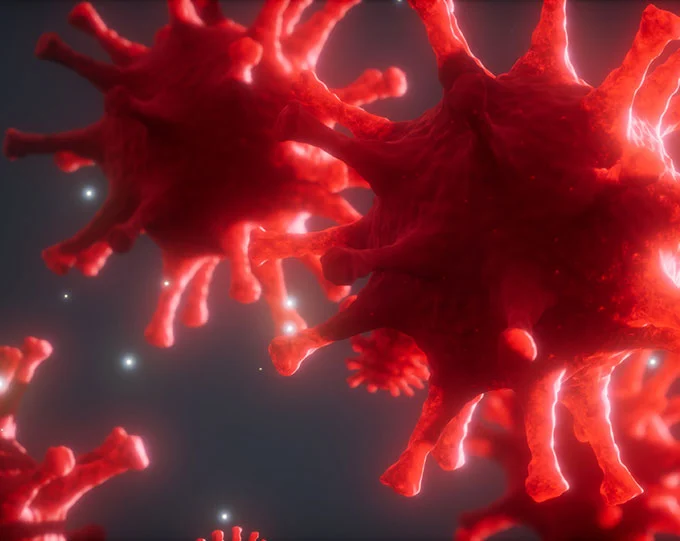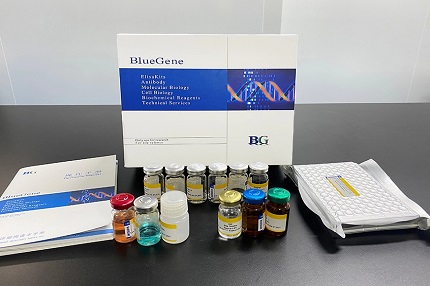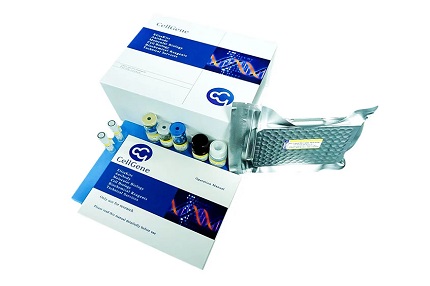- Host Cell Protein Detection Kits
- Host Cell DNA Residue Detection Kits
- Antibodies
- Recombinant Proteins
- ELISA Kits
- Cellular Component Protein Library
- Plasmids
- Promotions
-
Adrenaline ELISA Kit in Neurological Disease Research
Adrenaline is a crucial neurotransmitter that plays a key role in neurological diseases. The adrenaline ELISA kit can be used to detect adrenaline levels in human samples, providing an effective detec...
Mar.15, 2025Read More > -
HEK 293 HCP ELISA Kit in Protein Drug Production
Host Cell Proteins (HCPs) refer to the mixture of proteins produced by host cells (such as HEK 293, yeast, bacteria, etc.) during the production of therapeutic protein drugs. These proteins may remain...
Mar.13, 2025Read More > -
Exhibition review | 2025 The 7th China Wuhan Optics Valley Biological Annual Conference and Biopharmaceutical Quality Analysis Technology Forum came to a perfect end, looking forward to seeing you next time
On February 27-28, 2025, Crowne Plaza Wuhan Optics Valley held the "7th China Wuhan Optics Valley Biological Academic Annual Meeting and Biopharmaceutical Quality Analysis Technology Forum" ...
Mar.12, 2025Read More >
BlueGene Biotech's Research For Cardiovascular
1. Circulatory System In The Human Body
They form a circulatory system in the human body, that is, the cardiovascular system. The heart controls the circulation of blood in the blood vessels through contraction and then aims to provide oxygen, various nutrients and hormones to maintain life activities. In this process, it will also be able to eliminate the waste generated by metabolism through the excretory organs.
2. Cardiovascular System's Components
The cardiovascular system is composed of the heart and blood vessels, and blood vessels include arteries, veins and capillaries. The heart is the power organ that drives blood flow. The heart is divided into four cavities, that is, the left and right atrium, the left and right ventricle. Arteries are the blood vessels that carry blood out of the heart. Veins are blood vessels that carry blood back to the heart. Capillaries are blood vessels connecting arteries and veins with very thin pipe diameters and very thin pipe walls. The cycle of blood is a process that goes round and round, it is starting from the ventricle and returns to the atrium through arteries, capillaries and veins, and then this is called blood circulation. It is also divided into the systemic circulation and pulmonary circulation.


